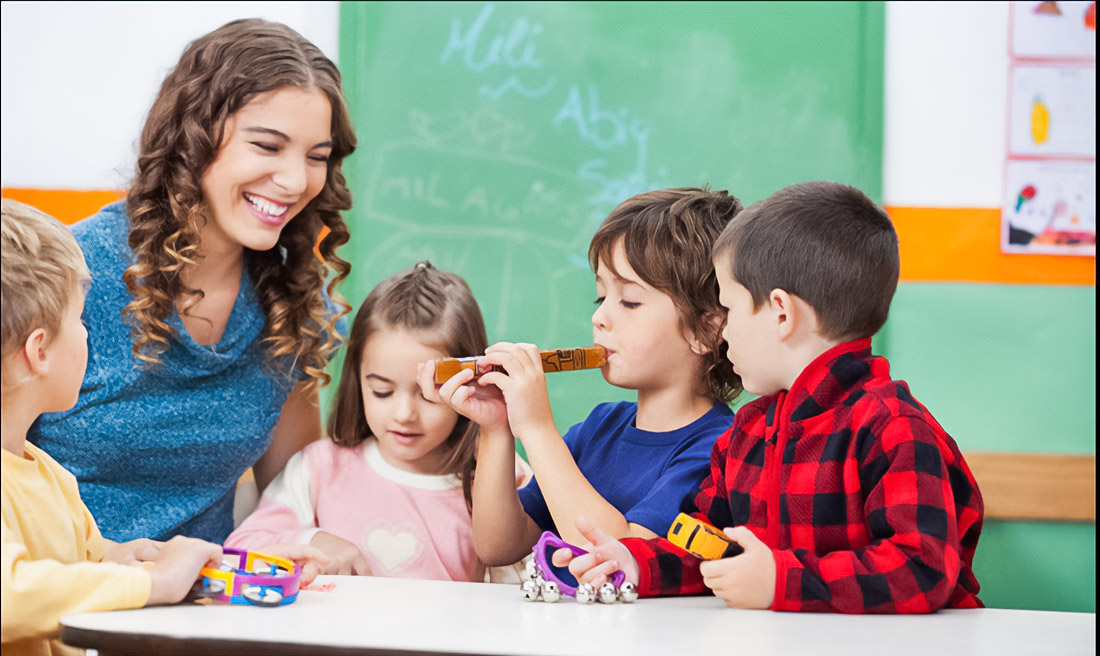In the modern world, where artificial intelligence and analytics play key roles, spatial intelligence comes to the forefront. It is especially important in areas such as mathematics, engineering, architecture, and art. Children who learn to manipulate objects in space develop unique abilities for critical thinking and creativity. In schools, children possessing strong spatial intelligence demonstrate better performance in such subjects as mathematics and science. This can be related to their ability to easily visualize tasks and concepts for better understanding and solving. Consider how Ajman Indian International School implements methods of development of spatial intelligence in the educational process.
Page Content
What Such Spatial Intelligence and Why It Important?
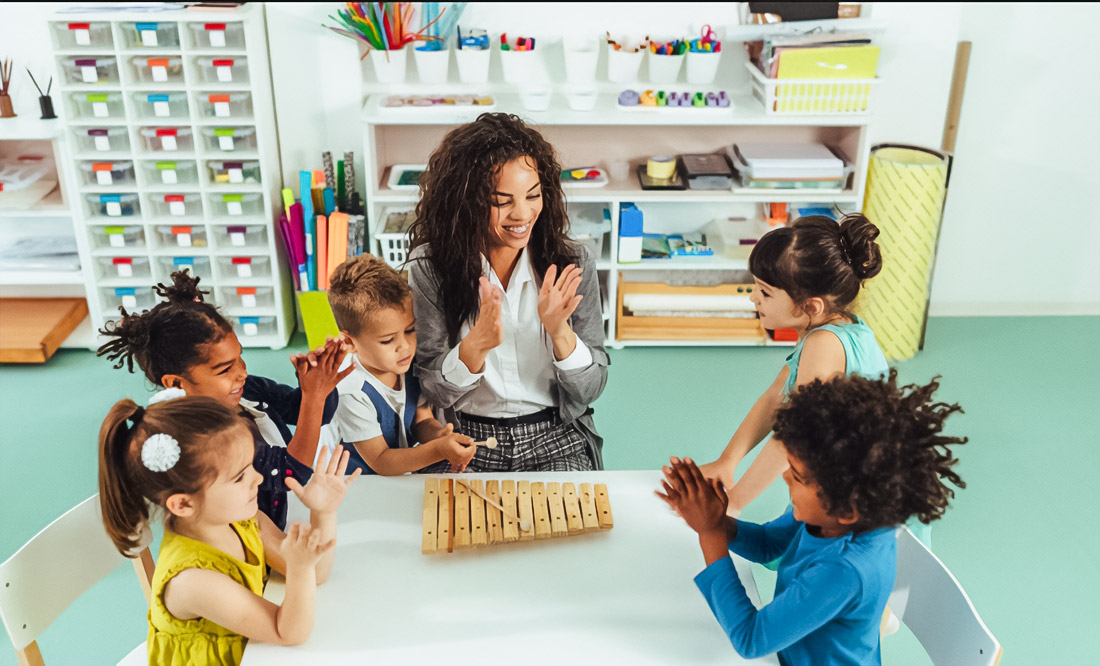
Spatial intelligence represents itself as one of the most interesting and necessary abilities in modern life. It includes skills in perception and analysis of all relationships between objects and their parts in space. This exerts a significant influence on the abilities of children to successfully solve both everyday and complex professional tasks.
Theoretical Foundations and Researches in Spatial Intelligence
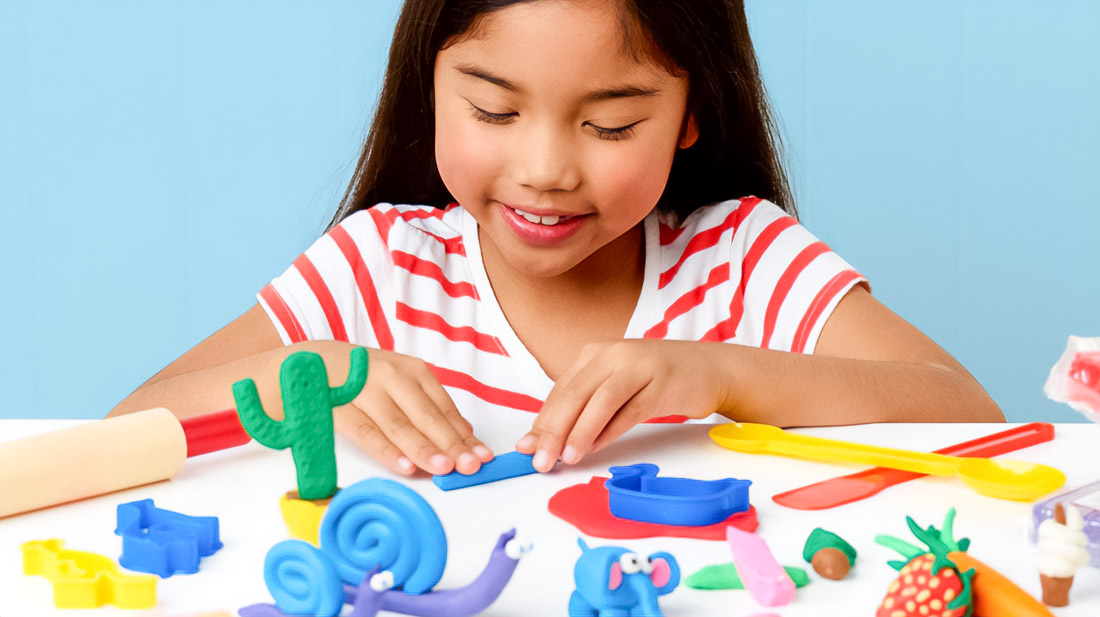
Scientific research in a given area shows the enormous importance of spatial intelligence. According to Howard Gardner’s theory of multiple intelligence, each type of intelligence has a unique influence on process learning and personal development. Gardner asserts that spatial intelligence is necessary to develop from an early age for the comprehensive upbringing of future leaders.
Connection spatial intelligence with STEM skills (science, technology, engineering, and mathematics) received scientific justification in works at Stanford University. It was shown that children actively involved in construction models and solving puzzles show outstanding results in tests in mathematics and natural sciences. More about spatial intelligence.
Effective Methods Development Spatial Intelligence
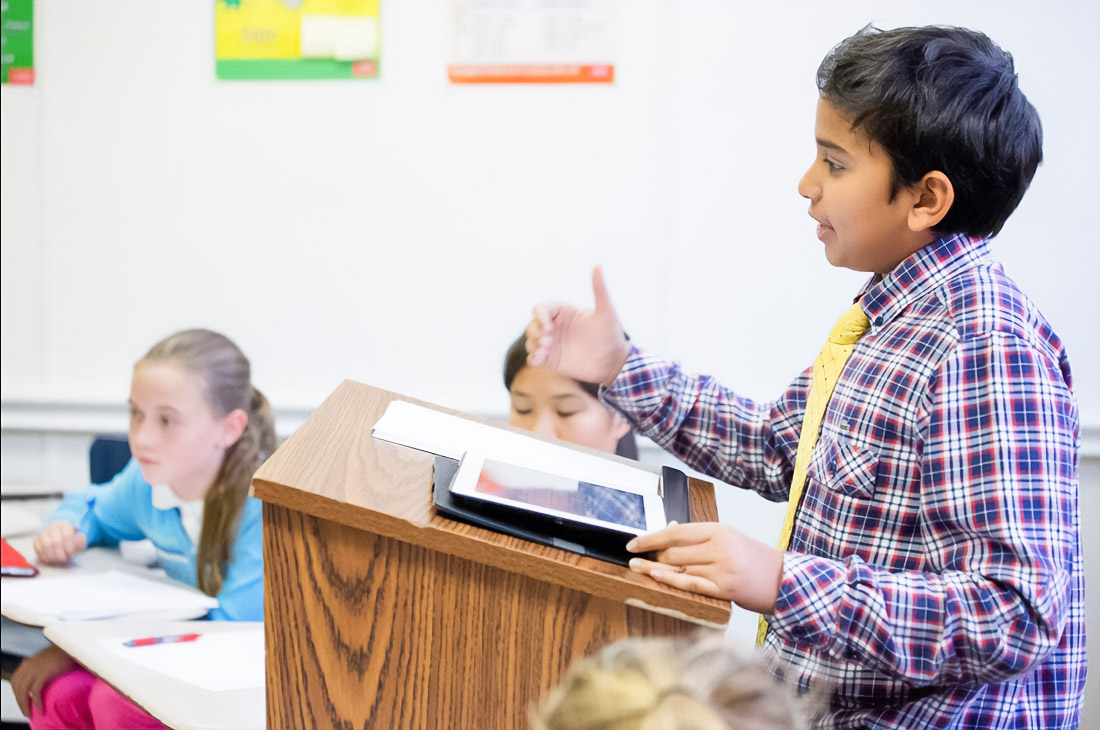
Development of spatial intelligence can be carried out by various methods and strategies. Educational institutions can apply the following approaches:
- Visual Tools: Use maps, diagrams, and graphs to help children better represent and analyze spatial information.
- Modeling: Creation models from LEGO, cardboard, or wood forms skills representation of objects in space.
- Solving Puzzles: Puzzles and Rubik’s cubes develop critical thinking thanks to the necessity of manipulating objects in mind.
- Games with Visualization: Video games and board games, such as chess or Tetris, also contribute to spatial development.
- Art: Practice drawing and sculpture helps develop perception, spatial relationships, and creative abilities.
Proven Practical Activities for Development Skills

Organization specialized activities in school can significantly improve spatial skills students:
- Construction Models: Assign children to build something from LEGO, encourage the use of various materials.
- Search on Maps: Plan activities with geographical map, study distances and relationships objects.
- Solving Puzzles: Allow children to solve puzzles and Rubik’s cubes for enhancing skills in critical thinking.
- Games and Tournaments: Organize chess tournaments or other games for the development of strategic and tactical thinking.
- Art in Practice: Conduct master-classes on drawing or sculpture.
Connection Between Spatial Intelligence and Success in Study
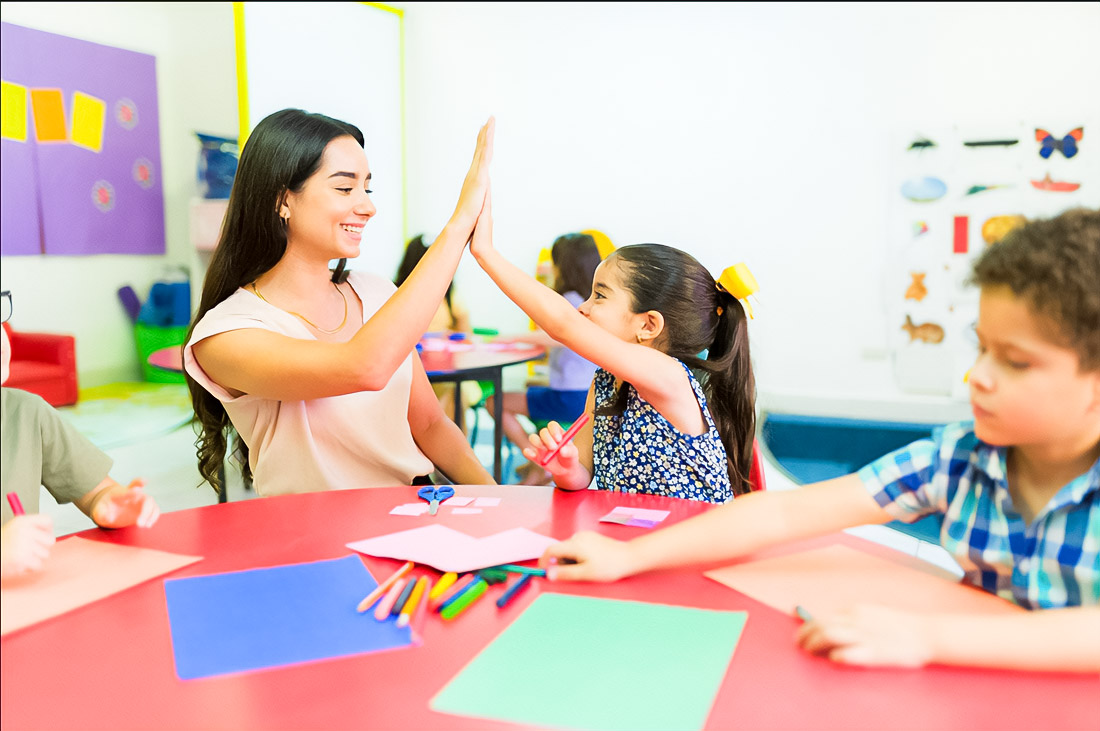
Influence spatial intelligence on academic achievements obvious. Research shows that children with developed spatial abilities achieve high results in mathematics and sciences. This is supported by their ability to better visualize and analyze presented materials.
Recommendations for Teachers and Parents
Active participation of parents and teachers critically important for supporting children in the development of spatial intelligence:
- Creation Conditions: Support children, providing materials and tools for the development of their skills.
- Stimulation Creativity: Encourage children to create their projects and solve complex tasks independently.
- Team Work: Organize team games and projects for improvement communication skills.
- Interest to Sciences and Art: Develop interest through visiting museums and exhibitions.
- Technologies in Education: Integrate modern technologies in educational process.
Thus, the development of spatial intelligence through practical activities is an integral part of the educational process, increasing the chances of children’s success in the future.
An experienced businessman. Traveler and philanthropist. A blogger with experience of interaction.
